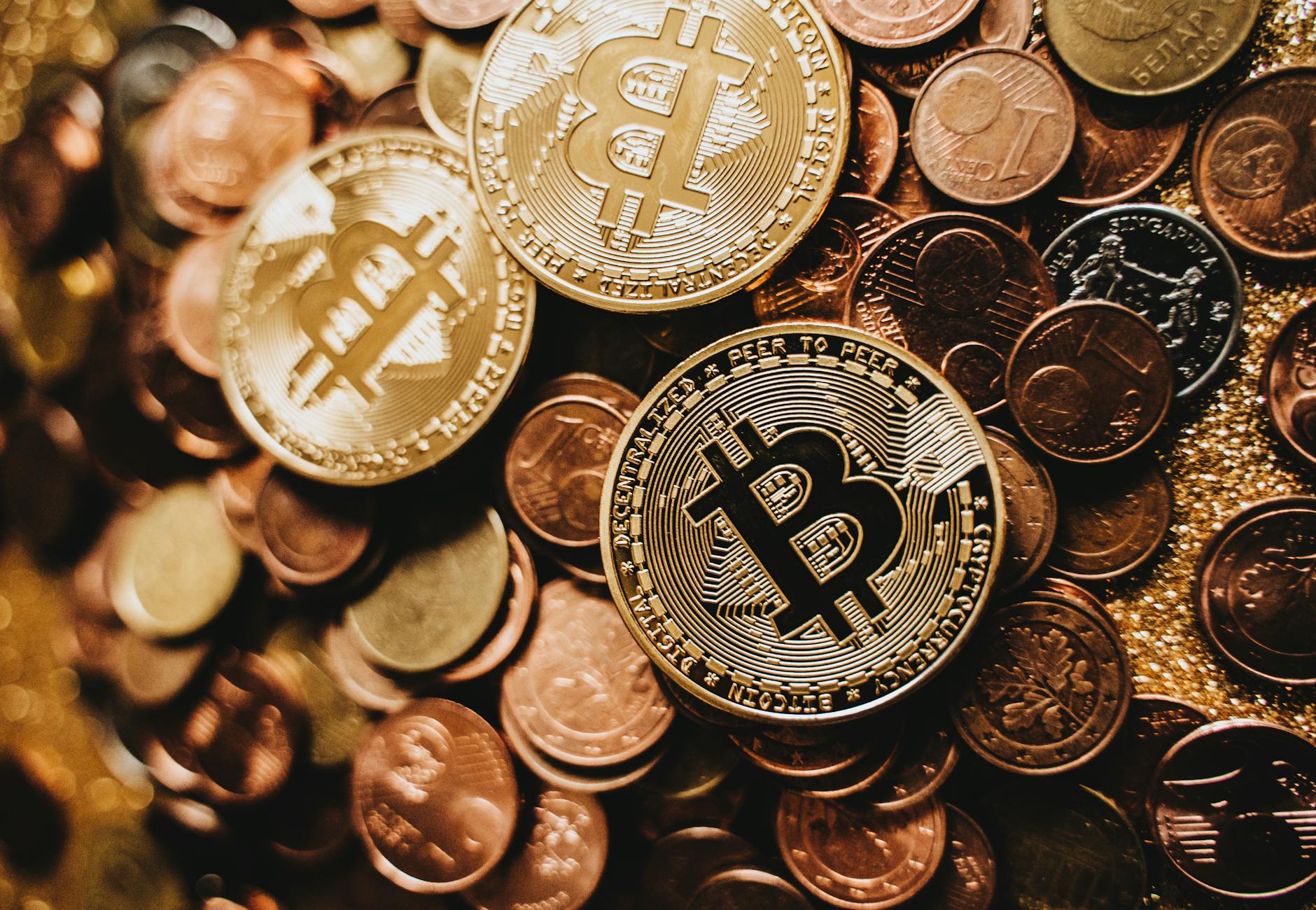Solana's data problem finds a solution: Catalyst for Solana DApp surge
- Get link
- X
- Other Apps

Solana's Data Bottleneck Resolved: Helius Unveils Solution Poised to Ignite DApp Growth
📌 The Solana Data Challenge: A Historical Perspective
🔗 Solana, known for its high-throughput capabilities, has long faced challenges related to accessing and managing historical data. Traditionally, retrieving this data involved querying Google Bigtable, a process described as “slow,” “expensive,” and “inflexible” by Helius CEO Mert Mumtaz. This inefficiency has been a significant pain point for Solana indexers and wallet developers. These challenges have impacted the performance and scalability of decentralized applications (DApps) built on the Solana blockchain.
The core issue stemmed from the need to make multiple RPC (Remote Procedure Call) requests to retrieve even basic information, such as the first transaction for a given Solana address or the most recent 100 transactions. These multi-call workflows could quickly escalate into “thousands of RPC calls,” creating a bottleneck that hindered the development and user experience of Solana-based applications.
📌 Helius' Solution: A New Archival Backend and RPC Method
Helius claims to have engineered a solution by re-architecting how Solana’s historical data is stored and retrieved. They have introduced a new archival backend coupled with a proprietary RPC method called getTransactionsForAddress. This method aims to consolidate the previous multi-call workflows into a single request.
According to Helius, their new system is “1,000x faster, more flexible, and more scalable” compared to the previous method. The getTransactionsForAddress method combines the functionality of getSignaturesForAddress (to enumerate signatures) and getTransaction (to hydrate details) into a single call. This streamlined approach allows developers to retrieve fully decoded transactions with bidirectional time ordering and range filters by slot or timestamp.
It's crucial to note that this is not a core Solana RPC addition. It's a proprietary extension available exclusively on Helius nodes, priced at 100 credits per request on Developer plans and above. Helius also claims that standard methods like getBlock, getTransaction, and getSignaturesForAddress are now “10x faster” due to improvements in the archival system.
📌 Market Impact Analysis: Reduced Latency and Increased Efficiency
The primary goal of Helius' solution is to eliminate the latency spikes associated with querying Bigtable and to drastically reduce the number of calls required for data retrieval. Helius claims this new system reduces call counts by “100x” while providing “10x lower latency” and requiring “1000x less code.” These performance improvements are especially relevant for Solana's high-throughput consumer and payments use cases, which demand efficient data access patterns.
🔗 Market Analysis: This enhanced efficiency could drive increased adoption of Solana for applications requiring real-time data access, such as decentralized exchanges (DEXs), payment platforms, and blockchain analytics tools. We can expect increased demand for Helius nodes, and potentially a rise in SOL's price, contingent on DApp developers adopting the new system and user experience improvements being demonstrably visible.
📌 Key Stakeholders’ Positions
Helius: Positions itself as a solution provider addressing a critical infrastructure bottleneck on Solana, aiming to attract developers to its platform and drive adoption of its RPC services.
Solana Developers: Are likely to welcome the improved data access speeds and reduced complexity, potentially leading to faster development cycles and more efficient DApps.
Solana Foundation: While this isn't a core Solana update, the Foundation will likely view it positively as it enhances the overall developer experience and contributes to the ecosystem's growth.
| Stakeholder | Position | Impact on Investors |
|---|---|---|
| Helius | Solution Provider | 📈 Increased demand for Helius services. |
| Solana Developers | Positive | Faster, more efficient DApp development. |
| Solana Foundation | Supportive | Ecosystem growth and improved UX. |
📌 Future Outlook: Potential for Solana DApp Surge?
The success of Helius' solution hinges on its widespread adoption by Solana developers. If the claimed performance improvements materialize in real-world applications, we could witness a significant surge in the development and adoption of Solana-based DApps. This could lead to increased transaction volumes, higher network utilization, and potentially a positive impact on the price of SOL.
However, investors should also be aware of potential risks. The solution is proprietary to Helius, creating a potential dependency on a single provider. Additionally, the cost of using the getTransactionsForAddress method (100 credits per request) may be a barrier for some developers. Monitoring the adoption rate of Helius' solution and its impact on Solana's overall performance will be crucial for assessing its long-term viability.
🚀 Additionally, the recent launch of the first US spot Solana ETF (Bitwise's BSOL) with a strong debut of $56 million in volume and Western Union's plans to introduce a dollar-backed stablecoin (USDPT) on Solana in 2026, indicate growing institutional interest and potential for further ecosystem development which could amplify the impact of data access improvements.
📌 🔑 Key Takeaways
- Helius's new archival backend and getTransactionsForAddress RPC method aim to solve Solana's long-standing data access bottleneck.
- The solution claims to offer significant performance improvements, potentially leading to faster DApp development and improved user experience.
- Adoption of the Helius solution, and its impact on transaction volume and network performance, should be closely monitored.
- Recent events such as the launch of a Solana ETF and the announcement of a Solana-based stablecoin by Western Union signal increased institutional interest and confidence in the Solana ecosystem.
The Helius solution isn’t just a performance upgrade; it's a potential paradigm shift for Solana DApp development. This could unlock a wave of complex, data-intensive applications that were previously infeasible on the chain, potentially positioning Solana as a leader in real-time blockchain solutions. The success of this initiative will depend on how effectively Helius can support developers and how quickly the wider Solana infrastructure adapts to take advantage of these new capabilities.
- Track the transaction speeds and gas costs of dApps on Solana before and after implementing Helius, looking for tangible improvements.
- Monitor Helius's market share and adoption rate among Solana developers, as it will indicate the long-term success of this technology.
- Research and invest in projects that leverage real-time data analysis and high-frequency trading on Solana, as they stand to benefit most from improved data access.
RPC (Remote Procedure Call): A protocol that allows a computer program to request a service from another program on a different network without having to understand the network's details.
— Peter Drucker
This post builds upon insights from the original news article, offering additional context and analysis. For more details, you can access the original article here.
- Get link
- X
- Other Apps

